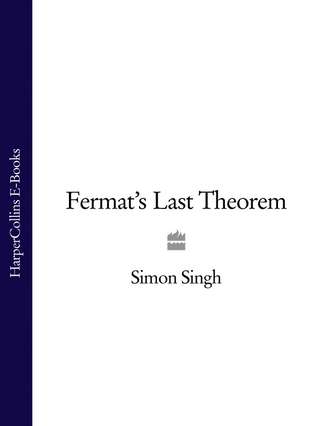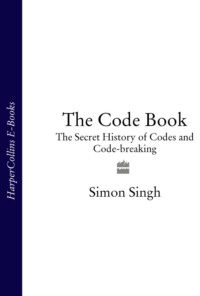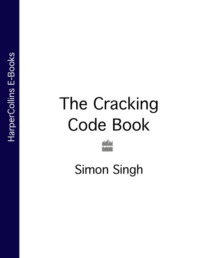Fermat’s Last Theorem

Полная версия
Fermat’s Last Theorem
Жанр: учебная и научная литературанаучно-популярная литературазарубежная образовательная литературазнания и навыки
Язык: Английский
Год издания: 2018
Добавлена:
Настройки чтения
Размер шрифта
Высота строк
Поля
Конец ознакомительного фрагмента
Купить и скачать всю книгу




